Home Intro Bio Historical Perspectives Ripley the Man Ripley's Works Gallery Credits
S.C. Ripley and T.E. Lawrence
A Speculation
by Mary Jane Aklonis
Two events, three years apart, indicate that the obscure writer Stuart C. Ripley and the flamboyant T.E. Lawrence engaged in a liaison that Lawrence himself would describe as "paederistic."
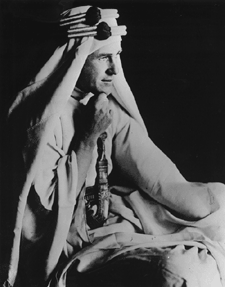 T.E. Lawrence T.E. Lawrence The first occurred during World War I shortly after "Lawrence of Arabia" assisted the Arab forces in capturing Aqaba from the Turks in 1917. In an interview with a London reporter in 1920, a young Arab male described a scene he'd actually witnessed between two English speaking men shortly after the siege. As part of his duties, he'd been charged with bringing tea to the men's tents at night. Apparently, his commanding officer had neglected to tell him that Lawrence wanted no visitations this particular evening, and so he pulled open the tent flap and entered what he described as "Shame to Allah." His description of the man holding a whip closely resembles the features of Stuart Ripley and it's known that Ripley was with Lawrence during the 1917 battle against the Turks. The adolescent also showed scars on his abdomen that he said resulted from the American beating him in a fit of rage. The boy refused to comment on Lawrence's behavior except to say that he heard whimpering emanating from the darkest corner of the structure.
In a later interview with a London newspaper, a former British army private admitted that he carried out "ritual floggings" at Lawrence's request from 1925 through 1934. It's well known that prior to the war, Lawrence befriended a young Egyptian boy and taught him to read and write. He even dedicated his book, The Seven Pillars of Wisdom to him. The unusual friendship raised eyebrows at the time, but Lawrence's brother claimed years later that T.E. hated sex and admired the saints who quelled their sexual longings. Many of these exalted martyrs, of course, were known to flagellate on a regular basis.
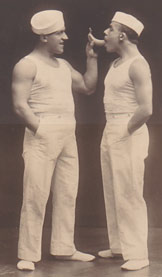 Ripley and Lawrence (foolin' around) Ripley and Lawrence (foolin' around)
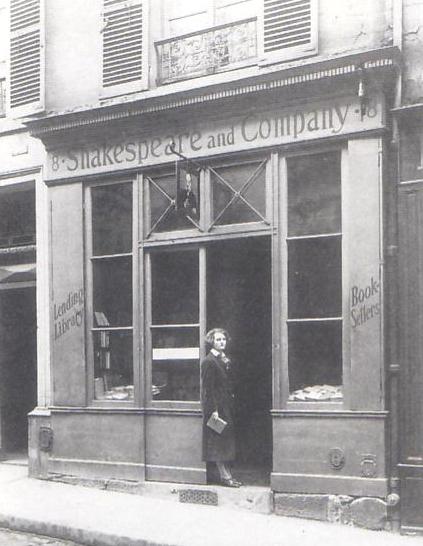 Shakespeare & Co. Shakespeare & Co.
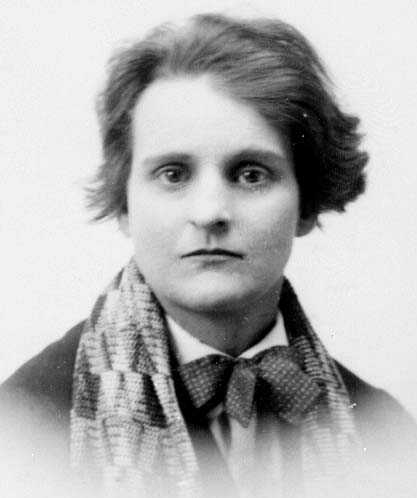 Sylvia Beach Sylvia Beach
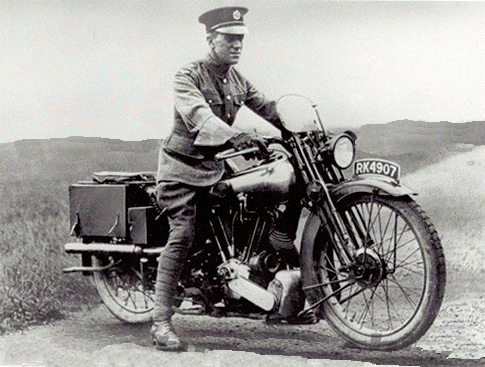 Lawrence and fatal motorcycle Lawrence and fatal motorcycle
_____________________________
|

